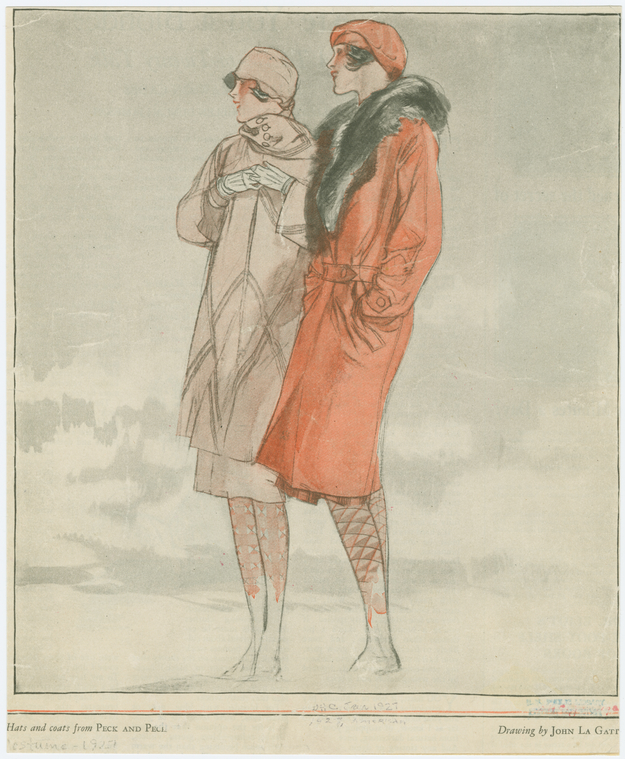Clothing the Masses

In the meantime, one of the best developments in the academic study of clothing and dress is the consideration given to the “culture of fashion.” One study, with the same title, addresses changes in clothing through the distinguishing social factors of the time period. The author sees the early twentieth century as a critical period for the transformation of everyday clothing. I’ve often wondered, however, why men chose to solidify the unity of their appearance through suits, while women did nothing equivalent? But, then, maybe I have the whole thing wrong. The 20s and 30s were responsible for a particular “look” to develop. Dresses and skirts did modify to occupy certain basic shapes. Pants came into the picture a little later. The Culture of Fashion makes one point that helps me see things a little more clearly: if you look past the decade approach to style changes, there is a growing democratization in women’s dress between 1920 and 1990.
The haute couture element can also be factored in. In The Golden Age of Style, changing silhouettes, hemlines, and decorative details are still subordinate to the growing uniformity of the feminine look. Sometimes, it takes a very basic picture book, aimed at young adults, to bring us back to reality. Fashions of a Decade: the 1920s, worth a trek down to SIBL, balances a portrait of the decade that shows how technological trends, increased manufacturing, and even fads (like those “talkies” introduced in 1927), influenced daily dress. Another recent reference book, Historical Dictionary of the Fashion Industry, can also be found at SIBL.
p.s. I’m posting early this week since I’m going to a conference in Washington D.C. The title of this event is “Images of the American Indian, 1600-2000.” More about this in the new year…
Read E-Books with SimplyE
 With your library card, it's easier than ever to choose from more than 300,000 e-books on SimplyE, The New York Public Library's free e-reader app. Gain access to digital resources for all ages, including e-books, audiobooks, databases, and more.
With your library card, it's easier than ever to choose from more than 300,000 e-books on SimplyE, The New York Public Library's free e-reader app. Gain access to digital resources for all ages, including e-books, audiobooks, databases, and more.
If you don’t have an NYPL library card, New York State residents can apply for a digital card online or through SimplyE (available on the App Store or Google Play).
Need more help? Read our guide to using SimplyE.